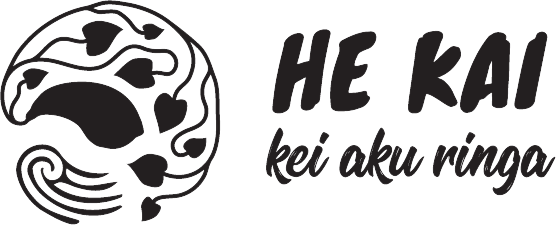16 Dec Turoa Royal: Digital Reflections
This year has been an interesting and trying year, with the rise of working at home a direct result of the Covid pandemic. Increasing numbers of people are shifting to platforms to enable them to work remotely, with some even choosing to uproot life in the city and become digital nomads. 2020 has provided a lot of limitations, but it has also opened doors for innovation and change. It will be remembered as a year of challenge, but also one in which work life was drastically altered.
Remote working has become a necessity rather than a luxury for many people, and the use of digital tools to help manage this has seen a big increase. Video conferencing facilities such as Zoom have seen their use balloon overnight, team collaboration tools such as Slack have become the norm rather than the exception and traditional businesses have learned a lot from more technology focused businesses. By keeping in mind the disruption covid has had on business, we can prepare for the future and continue to creatively think about how the workforce, and communities can operate.
In 2019 it would not have even been thought possible that 90% of workers would work from home, and many businesses would not have had the infrastructure in place. However there are many businesses who did have those tools, but the thought around how this may work was never put into practise with the ‘time at seat’ mentality still prevalent. We have, however, adapted quite well. An example of this is the Covid community transmission scare in Auckland Central a few weeks ago. All of Auckland CBD was asked to work from home the next day, and with only a couple of hours notice, this was possible overnight.
We should be thinking about automation and how we can make processes seamless and remove or minimise the need for human interaction. By looking at what technologies we can adopt to minimise the need for human input, we can focus our thought and creative skills on other areas that are more important. We can identify what skills and talent our workforce has, and allow them to focus on the areas their skills align with rather than tying people down with the more mundane tasks that can be digitised. Not only does this allow increased productivity through automation, but business can be grown through utilising skills and time that staff may not have been able to previously use. Once the team skills are identified, it is easy to find the holes and figure out how to plug them for best use of people’s skills.
Thinking digital is now one of the biggest challenges for any business. Digital platforms have been developed and utilised more extensively in other countries and Aotearoa has been slow to adopt. It is important for us now to think about how we can adopt technology, what impact it has on the workforce and stakeholders, and where we can improve. Convenience is one of the key decision making criteria for humans as to whether we adopt something new or not.
An example of this is looking at how universities have had to adapt to students not being able to attend in person. Previously learning consisted of a system of online and on-campus learning, with examinations taking place on campus. This has shifted to a model where examinations are all taken online (where possible), and all learning has had an online focus. Learning management systems give learners the ability to learn anywhere, at any time. This gives flexibility and allows students to be able to fit their learning around other commitments and life in general. This does require a different approach to teaching and learning, but these are lessons that we can adopt for other purposes. It is right for us to look at how we can run wānanga through a different lens, and look at the possibility of how we can integrate Māoritanga digitally, and provide an experience which has previously been hard for people to access.
Aotearoa is sliding in the global innovation index and so it is time to look at how we can adopt technologies and innovate to stay ahead of the curve.


